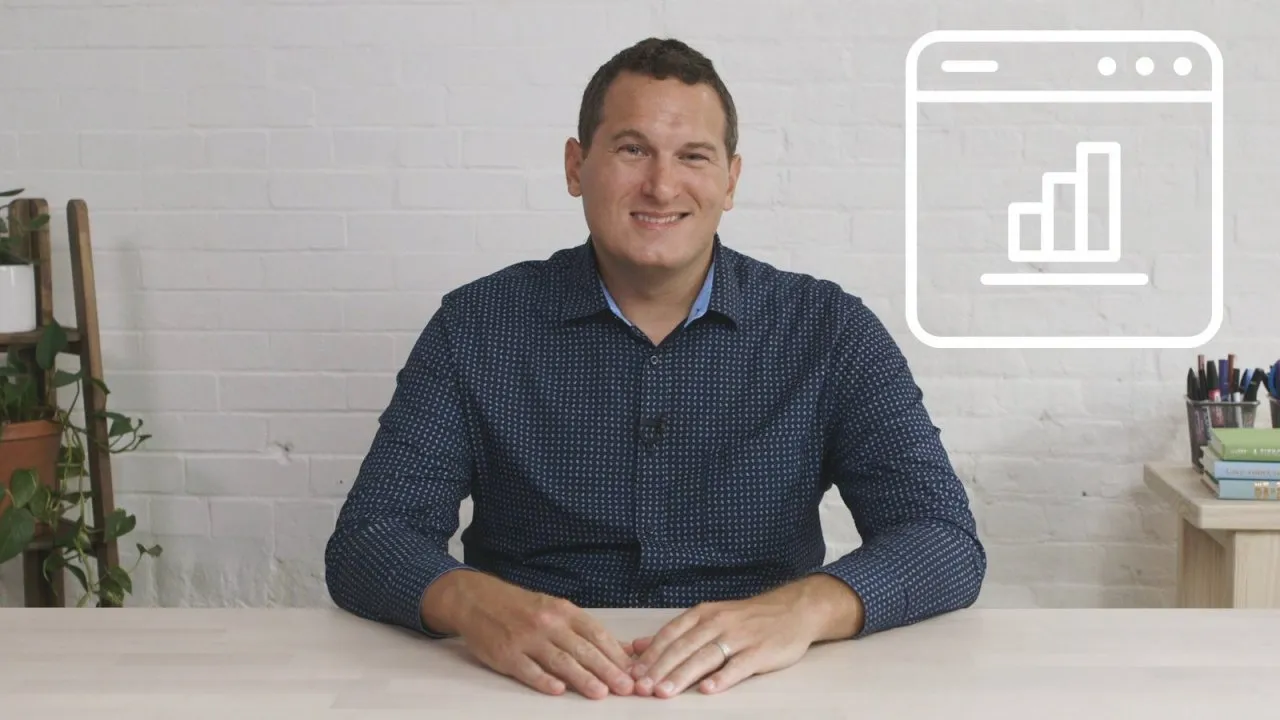
Serverless Data Processing with Dataflow: Develop Pipelines 
This course provides an in-depth look at serverless data processing with Dataflow pipelines. Learn how to use Apache Beam concepts to process streaming data, sources and sinks, schemas, and stateful transformations. Get best practices to maximize pipeline performance, and learn how to use SQL and Dataframes to represent business logic. Gain the skills to develop pipelines iteratively with Beam notebooks. ▼
ADVERTISEMENT
Course Feature
![]() Cost:
Cost:
Free
![]() Provider:
Provider:
Coursera
![]() Certificate:
Certificate:
Paid Certification
![]() Language:
Language:
English
![]() Start Date:
Start Date:
5th Jun, 2023
Course Overview
❗The content presented here is sourced directly from Coursera platform. For comprehensive course details, including enrollment information, simply click on the 'Go to class' link on our website.
Updated in [May 25th, 2023]
This course is designed to help developers and data engineers learn how to develop pipelines using the Beam SDK. It is intended for those who have a basic understanding of Apache Beam and want to learn more about developing pipelines.
This course will cover the following topics:
• Review of Apache Beam concepts
• Processing streaming data using windows, watermarks and triggers
• Sources and sinks in your pipelines
• Schemas to express your structured data
• Stateful transformations using State and Timer APIs
• Best practices to maximize pipeline performance
• Introduction to SQL and Dataframes
• Iterative development of pipelines using Beam notebooks
At the end of this course, you will have a better understanding of how to develop pipelines using the Beam SDK. You will be able to use the concepts and techniques discussed in this course to develop pipelines that can process streaming data in a serverless environment.
[Applications]
After this course, participants can apply the concepts learned to develop pipelines for their own data processing needs. They can use the Beam SDK to process streaming data, use sources and sinks to read and write data, and use schemas to express structured data. They can also use the State and Timer APIs to do stateful transformations, and use SQL and Dataframes to represent their business logic. Additionally, they can use best practices to maximize their pipeline performance. Finally, they can use Beam notebooks to iteratively develop their pipelines.
[Career Paths]
1. Data Engineer: Data Engineers are responsible for designing, building, and maintaining data pipelines and architectures. They are also responsible for ensuring data quality and integrity, as well as developing and deploying data models. Data Engineers are in high demand due to the increasing need for data-driven decision making. As the demand for data-driven insights grows, the need for Data Engineers will continue to increase.
2. Data Scientist: Data Scientists are responsible for analyzing data and developing insights from it. They use a variety of techniques, such as machine learning, to uncover patterns and trends in data. Data Scientists are in high demand due to the increasing need for data-driven decision making. As the demand for data-driven insights grows, the need for Data Scientists will continue to increase.
3. Data Analyst: Data Analysts are responsible for analyzing data and developing insights from it. They use a variety of techniques, such as statistical analysis, to uncover patterns and trends in data. Data Analysts are in high demand due to the increasing need for data-driven decision making. As the demand for data-driven insights grows, the need for Data Analysts will continue to increase.
4. Data Architect: Data Architects are responsible for designing and implementing data architectures. They are responsible for ensuring data quality and integrity, as well as developing and deploying data models. Data Architects are in high demand due to the increasing need for data-driven decision making. As the demand for data-driven insights grows, the need for Data Architects will continue to increase.
[Education Paths]
1. Bachelor's Degree in Computer Science: A Bachelor's Degree in Computer Science is a great way to gain the skills and knowledge necessary to develop pipelines using the Beam SDK. This degree will provide students with a comprehensive understanding of computer science fundamentals, such as algorithms, data structures, and programming languages. Additionally, students will learn about software engineering, operating systems, and computer architecture. With the increasing demand for data processing, a Bachelor's Degree in Computer Science is a great way to stay ahead of the curve.
2. Master's Degree in Data Science: A Master's Degree in Data Science is a great way to gain the skills and knowledge necessary to develop pipelines using the Beam SDK. This degree will provide students with a comprehensive understanding of data science fundamentals, such as machine learning, data mining, and data visualization. Additionally, students will learn about data engineering, data warehousing, and big data analytics. With the increasing demand for data processing, a Master's Degree in Data Science is a great way to stay ahead of the curve.
3. Master's Degree in Artificial Intelligence: A Master's Degree in Artificial Intelligence is a great way to gain the skills and knowledge necessary to develop pipelines using the Beam SDK. This degree will provide students with a comprehensive understanding of artificial intelligence fundamentals, such as natural language processing, computer vision, and robotics. Additionally, students will learn about machine learning, deep learning, and reinforcement learning. With the increasing demand for data processing, a Master's Degree in Artificial Intelligence is a great way to stay ahead of the curve.
4. PhD in Data Science: A PhD in Data Science is a great way to gain the skills and knowledge necessary to develop pipelines using the Beam SDK. This degree will provide students with a comprehensive understanding of data science fundamentals, such as machine learning, data mining, and data visualization. Additionally, students will learn about data engineering, data warehousing, and big data analytics. With the increasing demand for data processing, a PhD in Data Science is a great way to stay ahead of the curve.
Pros & Cons

Windows, watermarks, and triggers


Sources and Sinks


Schemas


Best practices


SQL


Handson labs.

Java only


Poor audio quality


Limited features with Dataflow SQL


Difficult to understand


Not trivial.
Course Provider

Provider Coursera's Stats at AZClass
Discussion and Reviews
0.0 (Based on 0 reviews)
Explore Similar Online Courses

Macroeconomics of Climate Change: Science Economics and Policies

Fundamentals of Google Analytics

Python for Informatics: Exploring Information

Social Network Analysis

Introduction to Systematic Review and Meta-Analysis

The Analytics Edge

DCO042 - Python For Informatics

Causal Diagrams: Draw Your Assumptions Before Your Conclusions

Whole genome sequencing of bacterial genomes - tools and applications

Serverless Data Processing with Dataflow: Foundations

IBM Cloud Essentials

GCP - Google Cloud Platform Concepts
 Related Categories
Related Categories
 Popular Providers
Popular Providers
Quiz
 Submitted Sucessfully
Submitted Sucessfully
1. What is the main focus of this course?
2. What is the main data processing model used in this course?
3. What is the main language used in this course?


Start your review of Serverless Data Processing with Dataflow: Develop Pipelines